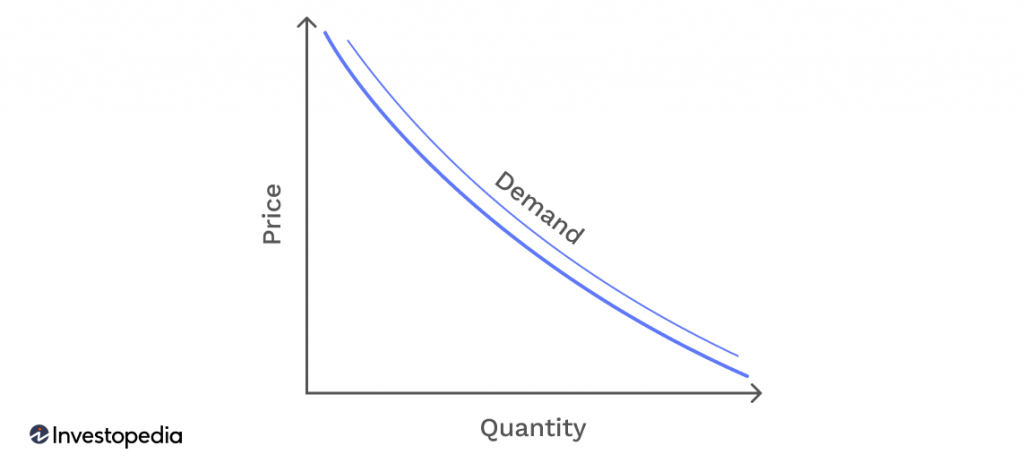How to Find the Perfect Price Point for Every Product
How to Find the Perfect Price Point for Every Product
Juicero, a high-tech juice squeezer, shut its doors just 16 months after raising $120 million in venture capital. Despite initially garnering a reputation as an innovator and disrupter, their hefty $400 price tag drove off many budget-conscious customers, and the revelation that their juice packets could be hand-squeezed further undermined their perceived value.
In an alternate universe where Juicero had found the ideal price point, their machines could be common household appliances today, akin to SodaStream and NutriBullet.
Finding the perfect price point is essential to success, especially in today’s highly competitive, tech-enabled environment. Choosing the wrong price point can be a death sentence for even the most competent and innovative businesses. This is why you need to use the right profit optimization tools to find your ideal price point.
Key Takeaways:
- Different price points are effective for different products – the key to profit optimization is finding the right price point for each product.
- Companies can use various strategies, including segmented, tiered, dynamic, and personalized pricing, to identify the perfect price point.
- Hypersonix’s Profit OS can help you use the data you already have to maximize your profits.
What is a Price Point?
Price points offer a way to think about price. While the price of an item is simply the dollar amount it sells for, the price point refers to the range of prices it falls into.
More specifically, a price point is a deliberately chosen point on the scale of possible prices on the demand curve. Since the price of an item directly impacts its sales, finding the perfect price point is a high-stakes task.

The Importance of Finding the Perfect Price Point
Not long after the television boom of the 1950s and 1960s, Betamax hit the market in 1975. Before Betamax, consumers could only watch movies at home using a film projector, which was difficult to use and prohibitively expensive for some families.
While Betamax seemed to be poised for success, their high price point was difficult for consumers to swallow. When VHS entered the market in 1976, it won the original format war despite having larger tapes, lower resolution, and a market entry that was over a year late.
In a reversal of the VHS/Betamax battle, Apple has outlived many of its lower-priced competitors, such as Microsoft’s Zune and Palm Inc.’s PalmPilot, partly because of their higher price point and the prestige.
On the other end of the spectrum, no discussion on pricing strategies would be complete without mentioning Apple. Apple has effectively marketed themselves as a luxury brand by charging deliberately high prices.
In a reversal of the VHS/Betamax battle, Apple has outlived many of its lower-priced competitors, such as Microsoft’s Zune and Palm Inc.’s PalmPilot, partly because of their higher price poin and the prestiget.
In other words, the best price point is not always the lowest price point.

Understand your Target Audience
Part of determining the right price point for your product is understanding your target audience. While a demand curve provides a visual representation of how prices impact sales, customers are more complicated than a simple line.
Ask yourself: Who is your product for? Which groups of people have the greatest need for your services? Can you categorize your audience by geography, age, lifestyle, class, or any other demographic indicator? The answers to those questions will help you understand your target audience, their spending habits, preferences, and the pricing strategies that resonate most with them.
A premium or prestige pricing strategy like Tesla’s suits some audiences, while others respond better to a charm pricing strategy, similar to Walmart’s.
No two customers are alike, never mind two entire audiences. To determine the best price point for your product, it’s important that you first understand your audience.
Analyze Customer Perceived Value
The profit margin on a restaurant soda can is 70% (even higher for fountain soda). If it’s common knowledge that an extra-large drink only costs pennies to fill, why do consumers regularly spend $6-8 for a movie theater soda?
The value of your product is not based on the cost alone but also on what customers are willing to pay –largely due to their perception of the product’s value.
Customer perceived value is the expected price of a product subtracted from the anticipated benefits from the product (such as how much time a piece of software will save them or simply how much they expect to enjoy a dinner).
In other words, perceived benefit – perceived cost = perceived value.
If your product costs $90 but your customers expect to receive $500 of intangible benefits from it, then the perceived value of your product is $410. What if you raised your price to $450? While your customers would still perceive a net positive value, they would be significantly less inclined to purchase your product. After all, they’re spending $450 to gain $50 of added benefit, as opposed to $90 to gain $410. Understanding your target audience can help you determine if the price elasticity of your product allows for that increase or if you need to consider a different price.

What is “The Perfect Price Point”?
While the supply curve is based on costs, which are not subjective, the demand curve is based on what customers are willing to pay for a product. Analyzing your product’s perceived value is crucial to maximizing your profits.
The ideal price point is the one that maximizes your profit, and there’s no one-size-fits-all equation for that. Finding your perfect price point requires leveraging data to identify trends in customer behavior and tailoring your prices to your specific target audience to improve your outcomes. Manual processing of this data can be time consuming and cost prohibitive, and still not give you the answers you are searching for. Using AI-powered tools, like Hypersonix ProfitGPT, can help you streamline the data analysis and provide you with actionable insights on what the optimal price point is for your product.
Building a Pricing Strategy
Enabled by AI-powered technology, businesses now have an arsenal of tools at their disposal. Profit optimization tools not only simplify the implementation of pricing strategies for companies but also allow them to analyze and act on their data.
Built on this technology, here are some pricing strategies you should consider using to arrive at your ideal price point:
- Segmented pricing. Hotel and airline prices are famously volatile, sometimes changing from minute to minute and platform to platform. This is a form of segmented pricing, a strategy that offers different prices to different market segments. For example, an ad on a finance website might advertise flights for $900, while the same flight on a budget site may only cost $700.
- Tiered pricing. While segmented pricing offers the same product at different price points, tiered pricing offers different products for different prices. For example, a family heading to an amusement park may see one price for a day pass and another price for a whole weekend. By offering both tiers of service, the park can capitalize on both the higher and the lower price points. Software companies often use tiered pricing to sell different functions or features.
- Dynamic pricing. Another tool used by the airline and hotel industries is dynamic pricing. In this pricing strategy, prices change in real time based on factors like the season, time of day, or inventory levels.
- Personalized pricing. Beyond simply targeting a market segment, modern tools allow you to customize prices for individual customers. Personalized pricing is a dynamic pricing strategy that charges unique prices to individual customers based on data about their purchasing history, location, age, etc.
As you scale, technological solutions become increasingly important. You probably can’t hire enough humans to review individual customer histories to determine the best prices for them, but profit optimization software has made this kind of automation possible.
All of this is enabled by data analytics tools, which can turn high-quality data into actionable insights. For example, one price may be more successful with one market segment, while a higher price is more successful with another. Data analytics tools combine all this data to help users identify trends that would be difficult to spot without the aid of technology.
Next Steps with Hypersonix
Finding the perfect price point (or points) is essential for the growth and stability of your company. A too-high price point can make you the next Betamax, while a too-low price point can make you the next Zune.
On the other hand, companies like Apple, IKEA, and Amazon have achieved their current status partly because they use their data to find the perfect price point for each of their products.
To see how Hypersonix’s ProfitGPT can help you find and implement a pricing strategy that works for you, request a demo today!





